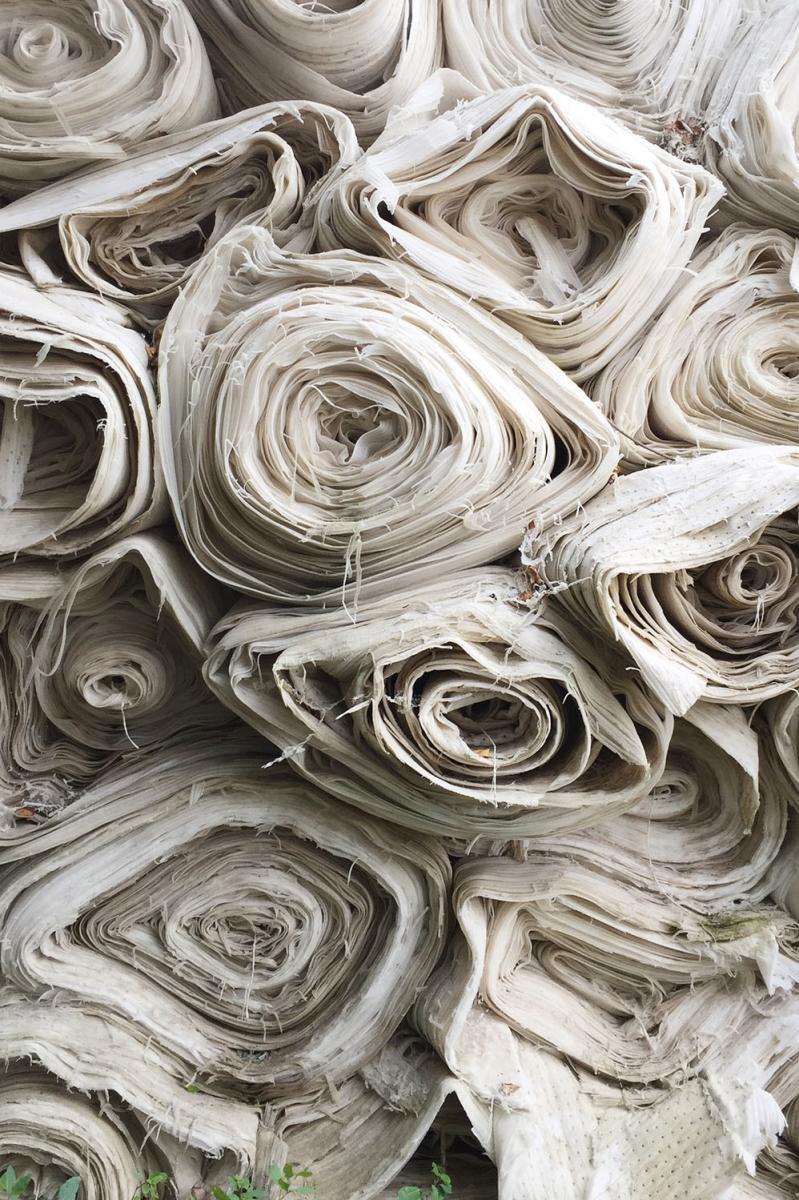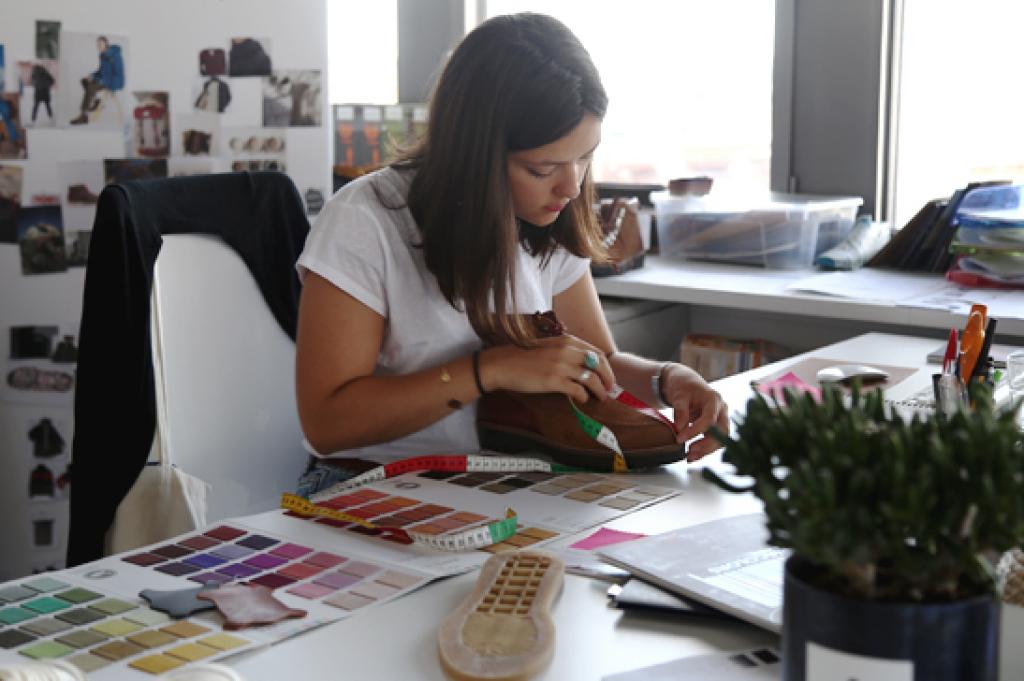Context and description
Among all of the clothing textile, household linen and footwear production stages (transformation of fibres, spinning, weaving, knitting, tanning, ennobling, manufacturing …), it is manufacturing which generates the most material waste with annual global losses estimated to reach 60 billion m² of fabric.
The manufacturing stage consists in transforming fabric (material, knitwear or leather) into a finished product, following cutting then assembly stages. In production, cutting the pieces of every article of clothing generates between 20 and 30% of material offcuts.
Within the context of an eco-design approach, it is essential to exchange with suppliers in order to put in place material loss reduction actions at the various stages of manufacture.







